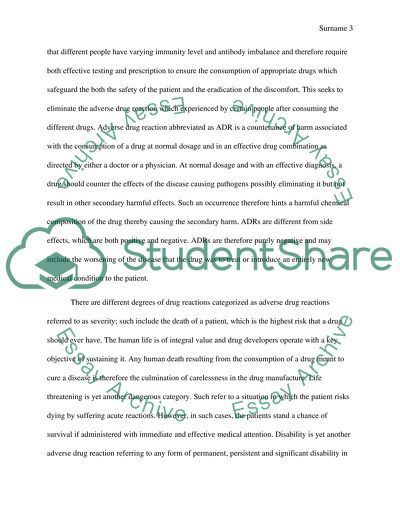Cite this document
(“Safety pharmacology Essay Example | Topics and Well Written Essays - 1250 words”, n.d.)
Safety pharmacology Essay Example | Topics and Well Written Essays - 1250 words. Retrieved from https://studentshare.org/health-sciences-medicine/1478814-safety-pharmacology
Safety pharmacology Essay Example | Topics and Well Written Essays - 1250 words. Retrieved from https://studentshare.org/health-sciences-medicine/1478814-safety-pharmacology
(Safety Pharmacology Essay Example | Topics and Well Written Essays - 1250 Words)
Safety Pharmacology Essay Example | Topics and Well Written Essays - 1250 Words. https://studentshare.org/health-sciences-medicine/1478814-safety-pharmacology.
Safety Pharmacology Essay Example | Topics and Well Written Essays - 1250 Words. https://studentshare.org/health-sciences-medicine/1478814-safety-pharmacology.
“Safety Pharmacology Essay Example | Topics and Well Written Essays - 1250 Words”, n.d. https://studentshare.org/health-sciences-medicine/1478814-safety-pharmacology.


